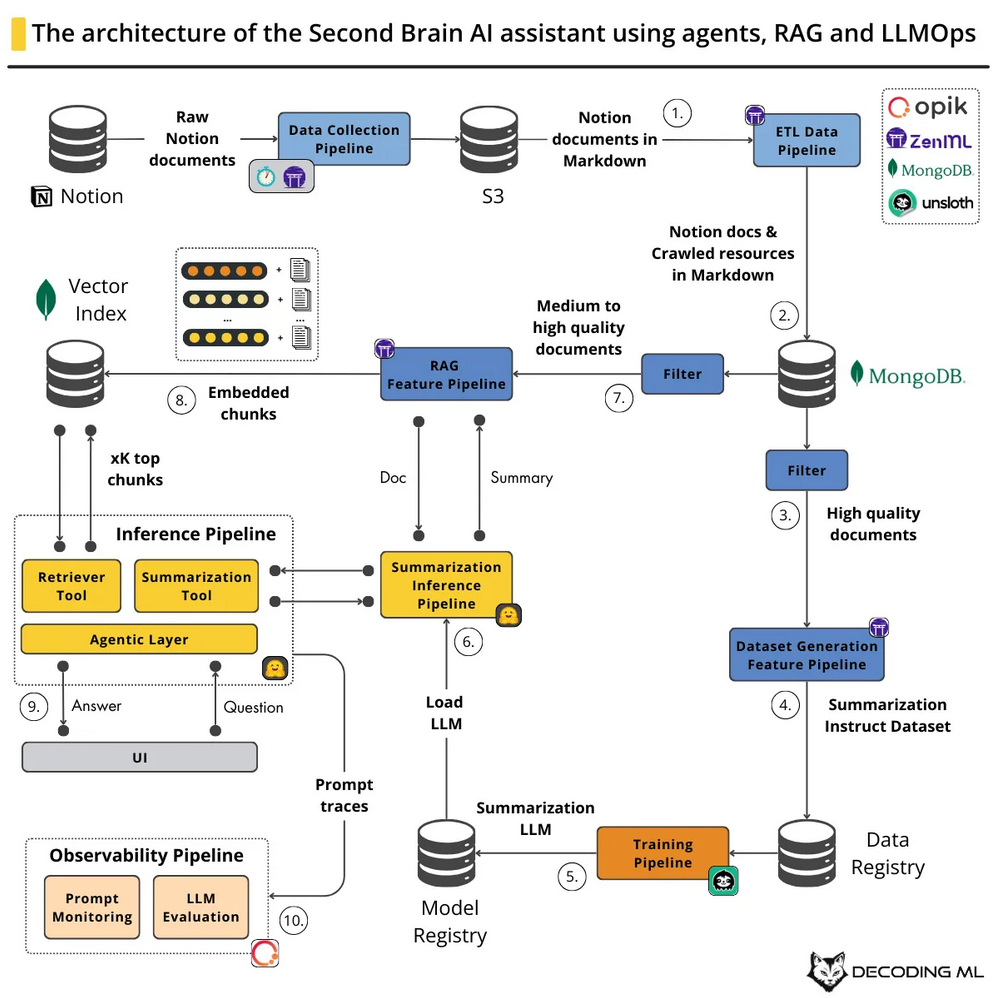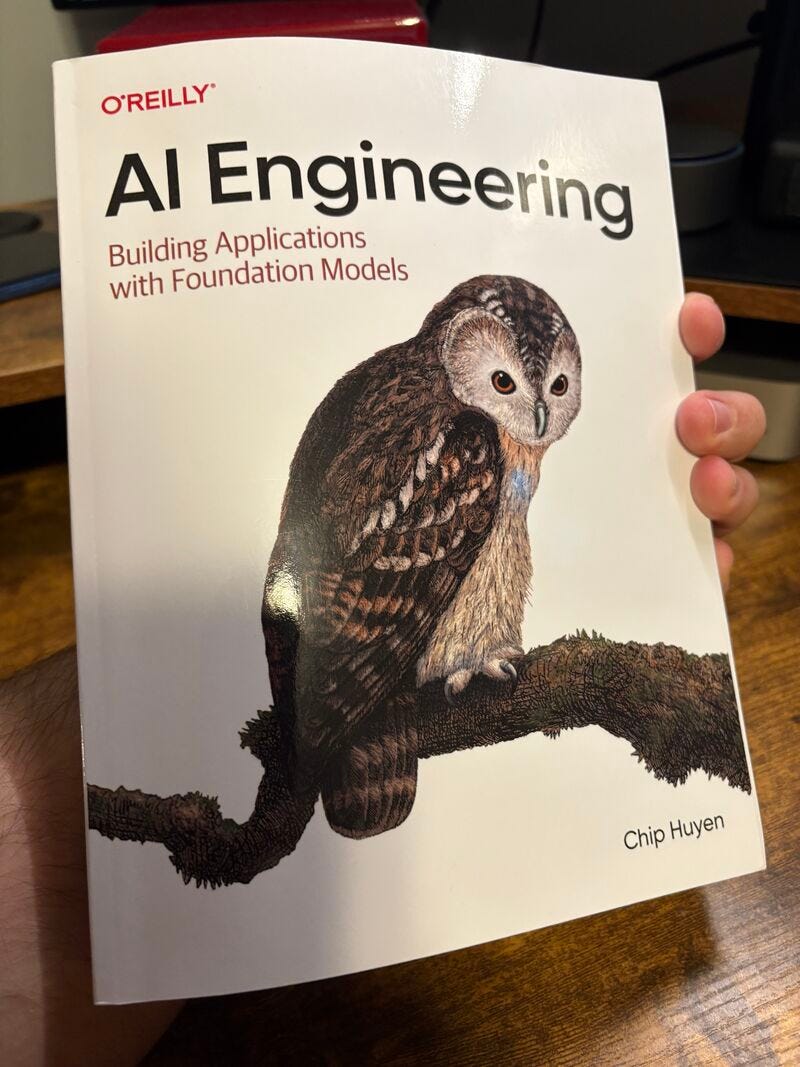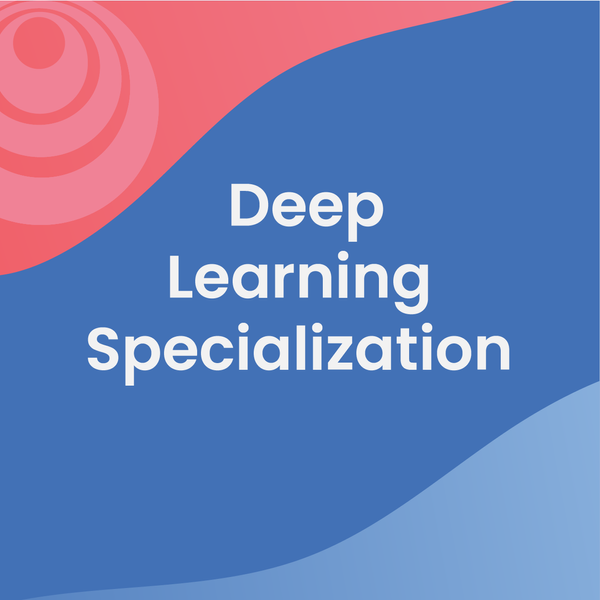From Zero to AI Engineer: A 5-Step Roadmap to Build and Ship Real AI Systems in 2025
The 5 Step AI Engineer RoadMap for 2025 with awesome free GitHub repositories and resources

Hello guys, if you want to become an AI Engineer in 2025 but not sure what to do and where to start then you have come to the right place.
In the past, I have shared best AI books and courses and in this post, I’m sharing step by step guide with few more resources to help you in your AI Engineering journey.
When it comes to learn AI skills, I have seen that most aspiring AI engineers fall into the same trap: they binge-watch tutorials, take scattered courses, spin up a few colab notebooks — and never ship anything real.
But if your goal is to break into AI engineering and stay relevant as the field rapidly evolves, apart from resources, you need a clear, repeatable path that moves beyond demos and dives into real systems.
This is the roadmap I recommend — tried, tested, resource-backed, and focused on action.
Whether you’re starting from scratch or aiming to level up, follow these 5 structured steps to go from zero to deploying production-grade AI and LLM systems.
It’s similar to AI and LLM Engineering RoadMap but its more focused on learning the right skills in a guided and structured way without wasting time.
The 5 Step RoadMap to become an AI Engineer in 2025
Without any further ado, here are the step by step guide to become an AI and LLM engineer in 2025 without wasting your time, energy and money on multiple books and courses.
Step 1: Nail the Foundations
You can’t build strong AI systems without understanding the basics of classical ML and neural networks.
Start here:
- AI Engineering book by Chip Yun
This is a definitive guide to understanding the real-world engineering challenges of building AI systems — from MLOps to real-time inference to data-centric AI. - ML for Beginners (Microsoft)
This Covers classical machine learning, Scikit-learn, practical projects, and quizzes. Great starting point for hands-on learners. - AI for Beginners (Microsoft)
Moves into neural networks, NLP, computer vision, ethics, and frameworks like PyTorch & TensorFlow with lab exercises.
Tip: Practice on real datasets. Get familiar with how models learn, and build some confidence before moving forward.

Step 2: Master Modern Deep Learning
Once you’ve got the basics, it’s time to learn how deep learning really works under the hood — and how state-of-the-art models are built today.
Key resources:
- Deep Learning Specialization by Andre Ng on Coursera
One of the most comprehensive resource on deep learning. You should join this course to become a Machine Learning expert. Master the fundamentals of deep learning and break into AI. It’s also recently updated with cutting-edge techniques! - Neural Networks: Zero to Hero (Andrej Karpathy)
Learn to build tiny GPT models from scratch. Karpathy breaks down each component layer-by-layer. - DL Paper Implementations (LabML)
Clean, annotated PyTorch codebases for 60+ models like transformers, GANs, and diffusion models.
Tip: First understand how deep learning works, then dive into how it’s applied in cutting-edge research.

Step 3: Learn to Ship ML Systems
AI engineering is not just about building models — it’s about deploying and maintaining systems.
Recommended course:
- Complete MLOps Bootcamp With 10+ End To End ML Projects (Udemy)
A project based course to learn how to build scalable MLOps pipelines with Git, Docker, and CI/CD integration. You will also deploy end-to-end ML models with AWS SageMaker and Huggingface and monitor them using grafana. - Made With ML (Goku Mohandas)
A goldmine for learning MLOps, reproducibility, CI/CD, testing, packaging, and real-world pipelines.
Tip: Go beyond Jupyter notebooks. Learn to design end-to-end systems that are stable, scalable, and maintainable.

Step 4: Go Deep on LLMs and RAG
Before jumping into fine-tuning or building chatbots, you need to deeply understand how large language models (LLMs) and retrieval-augmented generation (RAG) systems really work.
The best path:
- LLM Engineer’s Handbook (Paul Iusztin & Maxime Labonne)
A practical field guide to the full LLM lifecycle, from prompting to LLMOps. - Hands-On LLMs
Clear, visual explanations of tokenization, embeddings, fine-tuning, RAG, and more. - Advanced RAG Techniques (Nir Diamant)
Learn 30+ practical techniques to optimize your RAG pipelines for speed and accuracy.
Tip: LLMs are complex. This stage is where you really gain the power to build assistants, search tools, and enterprise-grade apps.

Step 5: Build and Deploy AI Agents
Now that you understand LLMs and RAG, you’re ready to enter the frontier: AI agents.
Go agentic with:
- LLM Engineering: Master AI, Large Language Models & Agents
A project based Udemy course to become an LLM Engineer in 8 weeks. You will build and deploy 8 LLM apps, mastering Generative AI, RAG, LoRA and AI Agents. - AI Agents for Beginners (Microsoft)
Build basic agents using frameworks like AutoGen with a hands-on curriculum. - Agents Towards Production (Nir Diamant)
A deployment playbook for building secure, memory-capable, orchestrated agents. - AI Engineering Hub (Avi Chawla & Akshay Pachaar)
Explore 70+ real-world agent use-cases and deploy production-ready apps.
Tip: Agents aren’t just about novelty — they’re the backbone of autonomous workflows. Learn how to deploy safely and effectively.

Final Thoughts: Learn, Build, Ship
That’s all in this 5-step roadmap to become an AI Engineer in 2025. This roadmap isn’t just theory — it’s built to help you learn deeply, build confidently, and ship AI systems that actually work.
No more endless tutorials. No more abandoned side projects. These are the tools, concepts, and projects that hiring managers, founders, and real-world teams are using in 2025.
If you follow this step-by-step journey, you won’t just learn AI — you’ll become an AI engineer capable of building end-to-end, agentic, and scalable systems in production.
Other AI and Cloud Computing Resources you may like
- Top 5 Courses to Prepare for AIF-C01 Exam in 2025
- How to Prepare for AWS Solution Architect Exam in 2025
- 5 Best Udemy courses to learn Midjourney in 2025
- 5 Best Courses and Projects to Learn AI and ML in 2025
- 5 Projects You can Build to become an AI Engineer
- 6 Courses to learn Model Context Protocol in 2025
- 6 Udemy Courses to learn Agentic AI in 2025
- 6 Udemy Courses to learn AWS Bedrock in 2025
- Top 5 Udemy Courses for AWS Cloud Practitioner Exam in 2025
- 5 Best Courses to learn AWS SageMaker in 2025
- Top 10 Udemy Courses to learn Artificial Intelligence in depth
- Top 5 Udemy courses to build AI Agents in 2025
- 7 Best Courses to learn AWS S3 and DynamoDB in 2025
- 10 Best Udemy Courses to learn Artificial Intelligence in 2025
- 8 Udemy courses to learn Prompt Engineering and ChatGPT
- 5 Best Udemy Courses to learn Building AI Agents in 2025
- Top 5 Udemy Courses to learn Large Language Model in 2025
Thanks for reading this article so far. If you find these Udemy Courses for learning Spring AI from scratch, including tools and libraries then please share with your friends and colleagues. If you have any questions or feedback, then please drop a note.
P. S. — If you want to start from books the start with AI Engineering by Chip Huyen and The LLM Engineering Handbook by Paul Iusztin and Maxime Labonne, both of them are great books and my personal favorites. They are also highly recommend on Redditt and HN.
- AI Engineering: Building Applications with Foundation Models
- LLM Engineer’s Handbook: Master the art of engineering large language models from concept to production
From Zero to AI Engineer: A 5-Step Roadmap to Build and Ship Real AI Systems in 2025 was originally published in Javarevisited on Medium, where people are continuing the conversation by highlighting and responding to this story.
This post first appeared on Read More

